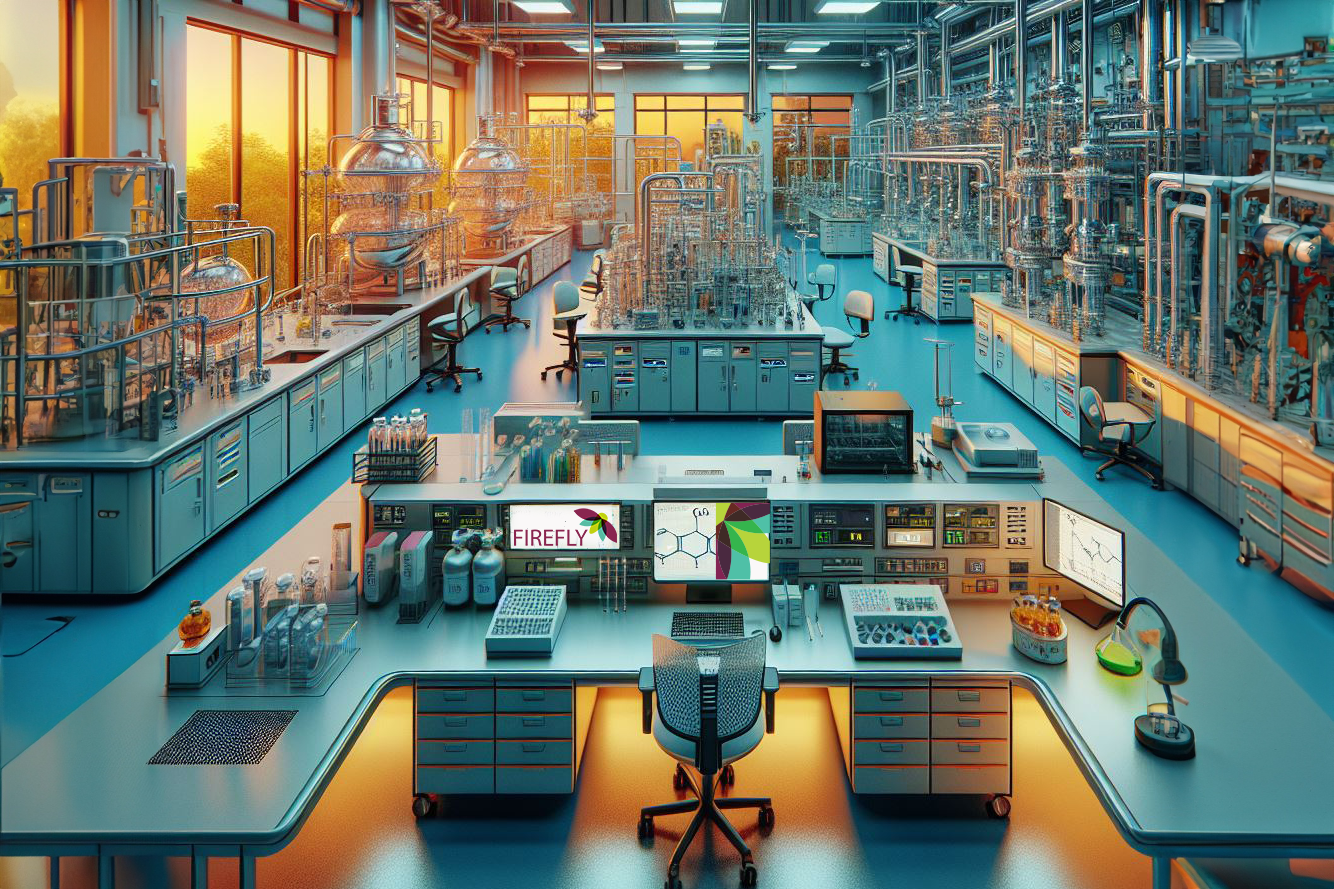
23/10/2024
Developing flexible technologies in the electrochemical toolbox and catalyst synthesis
The primary objectives of work package 3 (WP3) are to i) develop optimised individual electrified technologies for the FIREFLY electrochemical toolbox (TRL4), ii) benchmark these technologies against state-of-the-art (SoA) technologies, iii) validate selected FIREFLY integrated flowsheets with optimised technologies, and iv) obtain (electro)catalysts for the demonstration cases.
The projected impact of this work package is significant, as it aims to enhance the efficiency and sustainability of metal recovery processes.
Results and conclusions obtained up to M18
- Mechanochemical Processing (MCP): Nearly 80 % of tungsten (W) and vanadium (V) from a spent DeNoX catalyst from ENGIE-LAB can be extracted via mechanochemical conversion, with final optimisation in progress.
- Electro-driven Solvoleaching (ESLX) and Electro-driven Solvent Extraction (ESX): Over 85 % palladium (Pd) recovery in a single step and approximately 100 % stripping of Pd is achieved in non-aqueous solvent extraction.
- Electrochemical Transformation in Molten Salts (ETMS) or Organic Solvents (ETOS): The photodeposition method used for the recovery of platinum group metals (PGMs) has shown a recovery efficiency of 27 %.
- Electrochemical Recovery from Molten Salts (ERMS): Successful selective chlorination of TiO2-based DeNOx spent catalyst has resulted in V and W recovery yields of approximately 40 % and 60 %, respectively.
- Electro-leaching (ELX): Extractions up to approximately 80 % V and molybdenum (Mo) and approximately 25 % W for DeNOx spent catalyst from ENGIE-LAB; approximately 65 % copper (Cu), Mo, and manganese (Mn), approximately 50 % nickel (Ni) and cobalt (Co), and 80 % V from the waste stream of an automotive recycling process provided by SOLVA.
- Gas-diffusion Electrocrystallization (GDEx): 98 % Pd recovery from the synthetic solutions as a proof of concept and the samples provided for catalyst preparation for the demo case of biomass conversion process.
Presenting the potential of electrochemical routes in PGM recovery
The scientific poster titled “Electrochemical oxidation of copper(I) to make solvometallurgical recovery of PGMs circular” was presented by KU Leuven at the first edition of the International Circular Hydrometallurgy Symposium (ICHS). The poster provides additional insights into the development of solvometallurgical recovery technologies for the recovery of PGMs using various oxidizing agents such as CuCl2. The oxidizing agents are recovered, underscoring the development of the circular solvometallurgy. This technology focuses on the sustainable evolution of the catalyst-based chemical industry via electrification, aiming to reduce third-party dependence on metals and fossil energy.
The poster highlights the development of electro-driven technologies based on modeling and optimisation of metal recycling from spent, waste, and off-specification catalysts available in Europe.
© AI-generated visual
